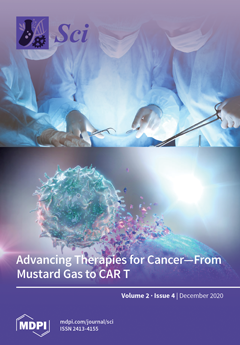Sickle cell disease (SCD) is an inherited disorder and a major health challenge in Nigeria. Micronutrient deficiencies often associated with the disorder may cause inflammation and abnormal metabolism in the body. The copper-to-zinc ratio is a more relevant diagnostic measure than the concentration of either metal alone in clinical practice. This study seeks to evaluate serum levels of c-reactive protein (CRP), copper, zinc and the copper-to-zinc ratio, and to correlate the latter with CRP in adult subjects with SCD. Serum copper, zinc, CRP and plasma fibrinogen were assayed in 100 confirmed SCD patients in steady clinical state and 100 age- and sex-matched subjects with normal hemoglobin. Serum copper and zinc were assayed by the colorimetric method using reagents supplied by Centronic, Germany, while CRP and fibrinogen were assayed using reagents supplied by Sigma (St. Louis, MO, USA) and Anogen (Ontario, Canada), respectively. The copper-to-zinc ratio was calculated from serum levels of copper and zinc. The measured parameters were compared between the groups using the Students
t-test, and the Pearson correlation coefficient was used to relate CRP with the other parameters. Serum copper, CRP, fibrinogen and the copper-to-zinc ratio were significantly higher (
p < 0.001), while zinc level was lower in SCD patients than in controls. Serum CRP concentration correlated with copper (r = 0.10;
p < 0.02), zinc (r = −0.199;
p < 0.05) and the copper-to-zinc ratio (r = 0.312;
p < 0.002), but the correlation between CRP and fibrinogen was not significant. Inflammation may modulate copper and zinc homeostasis, and the copper-to-zinc ratio may be used as a marker of nutritional deficiency and inflammation in SCD patients.
Full article





